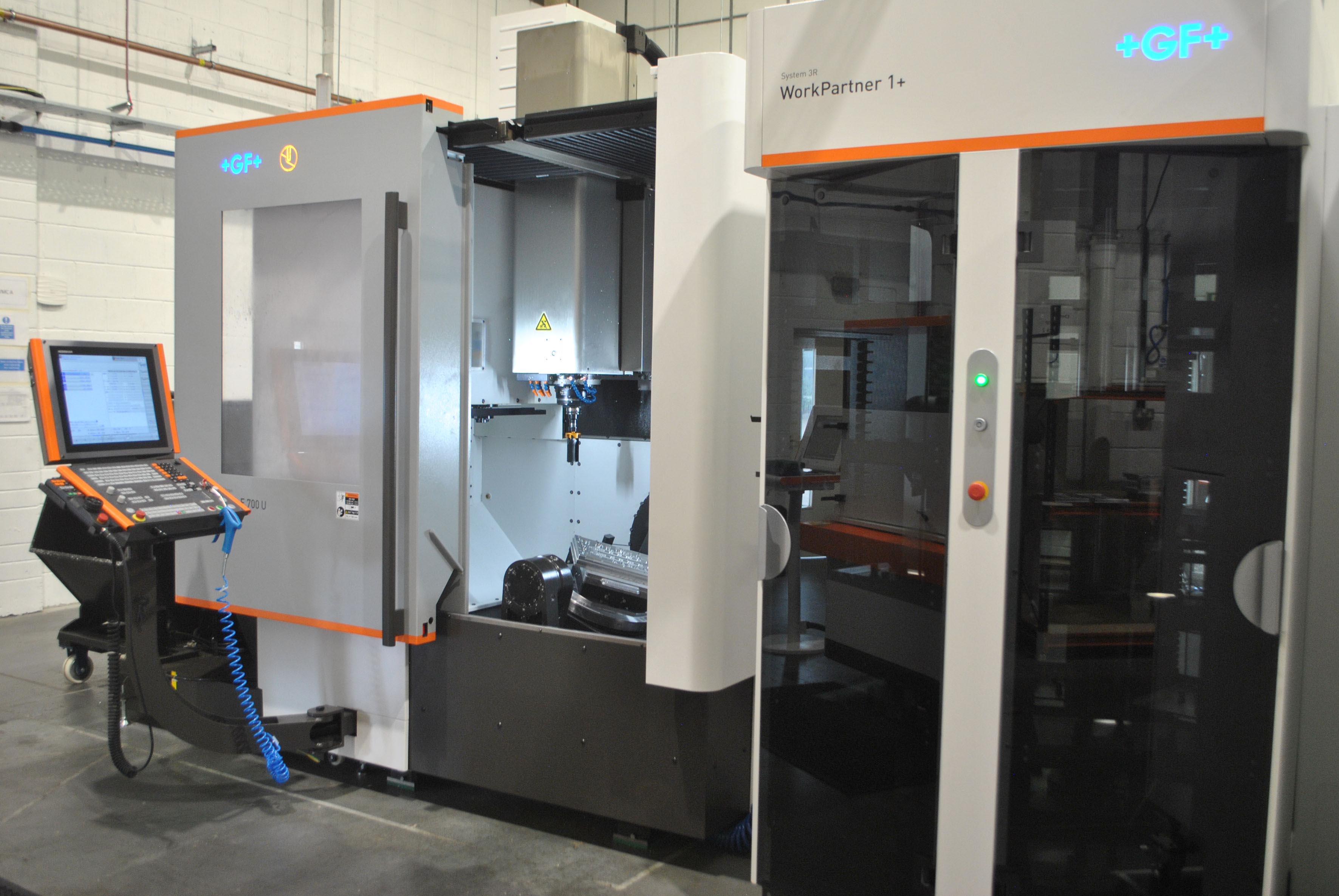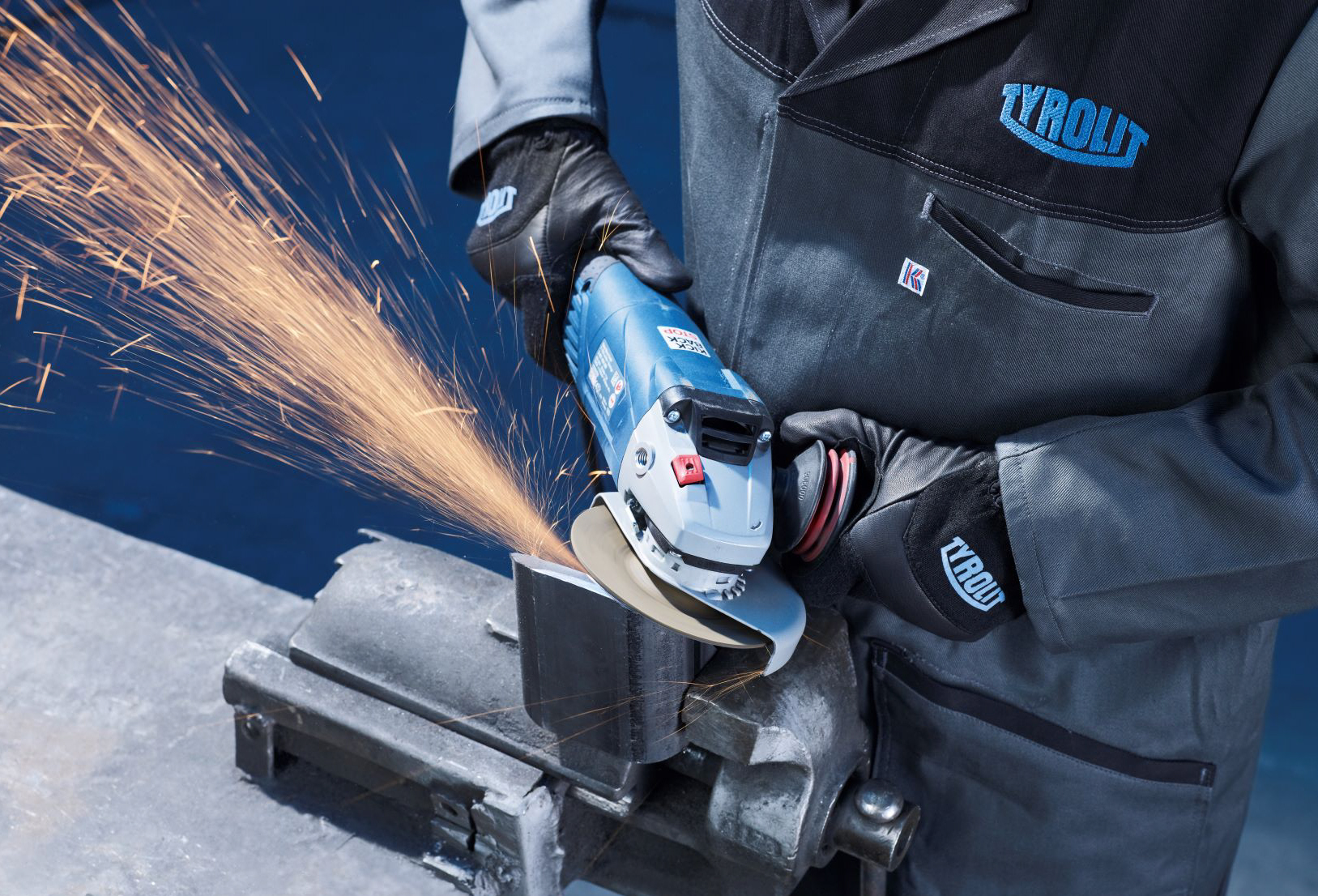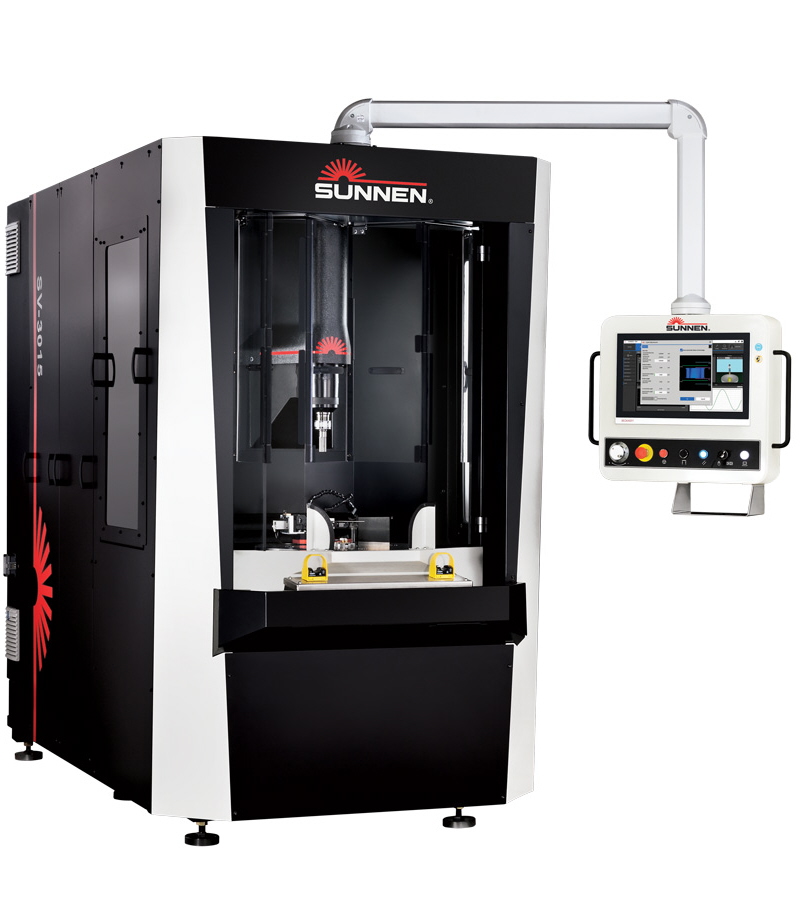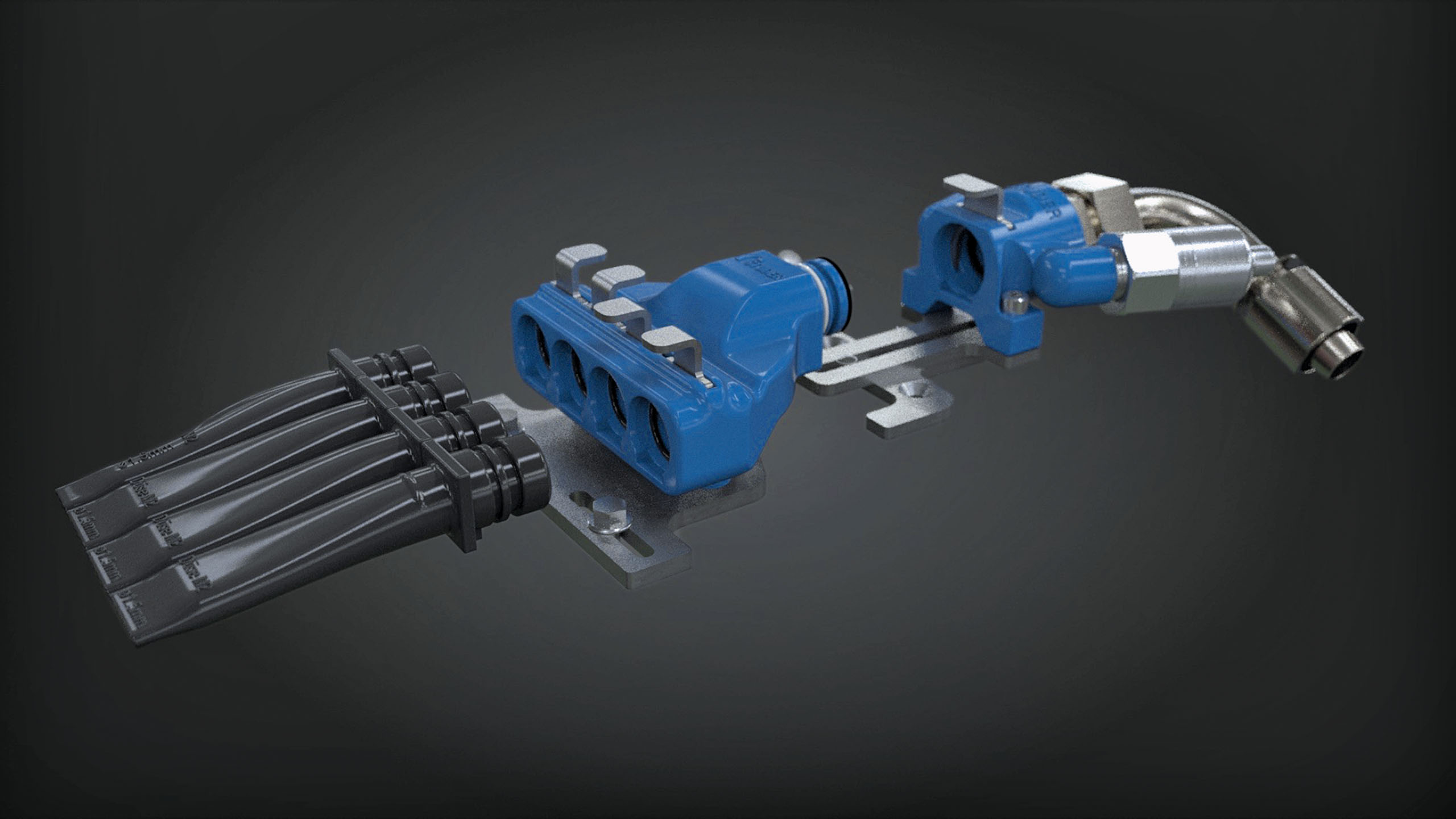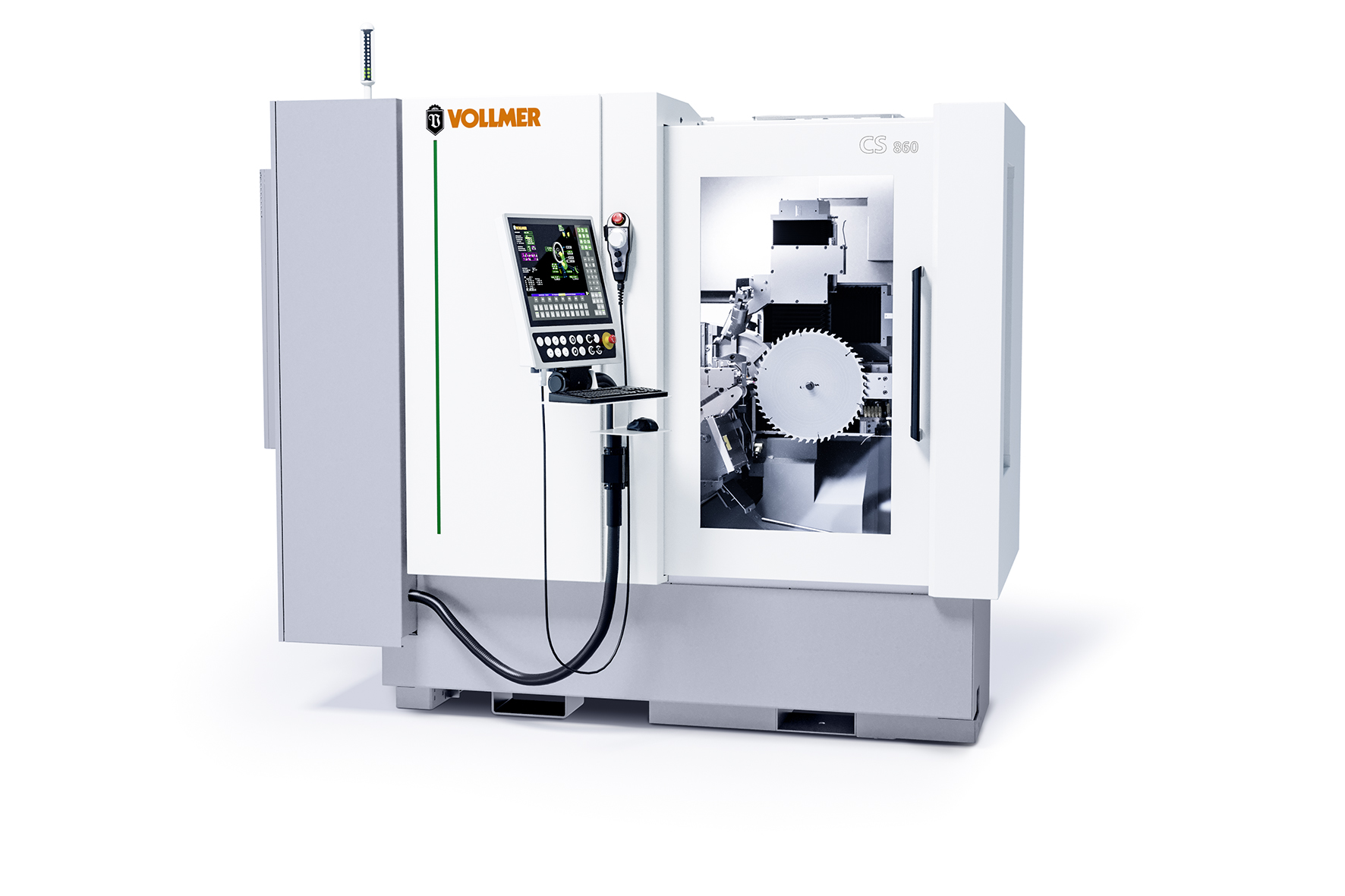Recent investment in three new machining centres, an automated workpiece pallet changer and a large-capacity die-sink machine from GF Machining Solutions has significantly increased machining capacity and capabilities at Automotive Trim Developments (ATD) Ltd. It has also provided the company with all the machining fire power it needs to fulfil a new major manufacturing contract.
ATD, established in 2000, is a UK-based group of companies focused on engineering and manufacturing complete interior trim and electro-mechanical assemblies primarily, but not exclusively, for the automotive sector.
The new Mikron machining centres, comprising two MILL E 700U simultaneous five-axis machines and a MILL E 1200 three-axis machine, as well as a new System 3R Work Partner 1+ compact workpiece pallet change system, were delivered and installed at ATD’s new 7000sq ft machine shop facility in Warwick in April 2022. The large-capacity AgieCharmilles FORM E 600 die-sink machine arrived at the company’s facility in late 2021.
ATD’s decision to invest in advanced machine tools and associated manufacturing technologies centred around its ability to firstly secure and then fulfil a new manufacturing contract with a leading UK-based car manufacturer. The six-year contract was to machine, assemble and supply high-quality centre consoles featuring a rear compartment deployable table, for a new, exclusive range of luxury SUVs.
Says Paul Gibson, operations manager at ATD Warwick: “It was always our intention to create an in-house machining resource: the contract for machining the centre console components was the catalyst to get the ball rolling.”
The decision to create a new machine shop from scratch was bold but one entirely in keeping with the ATD’s mission, vision and ambitions.
“It was a challenging time, but with the resources available from group, and by working in partnership with a number of preferred suppliers, we got the machine shop up and running in a little under two years,” says Gibson.
ATD’s new 7000 sq ft machine shop is impressive. In addition to the three new Mikron machining centres, the Work Partner 1+ automatic pallet changer and the FORM E 600 die-sink machine, the facility also boasts two new EOS M 290 metal 3D printing machines which were also acquired to help fulfil the centre console machining contract. Other machines in the facility include another MILL E 700U (with 7-pallets), and an older VCE 1200 three-axis vertical machining centre – both acquired earlier by the group.
“All of the machines, excluding the 3D printers, are from GF Machining Solutions,” says Gibson. “We have a good relationship with them and our experience of working with the company previously has always been positive. Although we did go out to market prior to making the most recent investments, it was clear that no other machine tool manufacturer or supplier could provide the depth and breadth of advanced technologies we needed, nor the technical and applications support.”
ATD’s two Mikron MILL E 700U five-axis machining centres and WorkPartner 1+ are integrated together to create a flexible automated manufacturing cell. The components, all machined from aluminium, are characterised by their complexity and intricacy. Geometric tolerances are tight (±5 µm), repeatability is critical and surface finish requirements are exacting (Ra 0.2 µm).
To increase the company’s productivity, the compact and modular Work Partner 1+ system supplied to ATD has 20 pallets and is being used to services both machines (10 pallets per machine).
The Mikron five-axis machines are able to machine complex, high-precision parts to completion in a single set up. They have a rigid design and build and are equipped with the latest Heidenhain TNC 640 control with touchscreen capabilities. The machines also feature fully-supported, directly-driven rotary tilting tables that ensure accuracy and process reliability, as well as 36 kW/20,000 rpm StepTec OptiCool motor spindles. To facilitate lights out, unattended operations the machines have 60-position tool changers, swarf management systems, tool and workpiece probes, large coolant tanks and integrated thermal compensation.
MILL E 700U machines are equally adept at performing high material removal and fine finishing operations – both of which are pre-requisites for machining the aluminium centre console parts – where precision and aesthetics go hand in hand.
Explains Paul Gibson: “MILL E 700U machines are usually equipped with five or seven pallets. However, from talking over our machining requirements with GF Machining Solutions, it became clear that we could significantly improve our productivity and operational efficiencies by integrating both machines to a high-capacity System 3R automatic pallet changer instead of using the standard automation configuration.”
He continues: “The System 3R pallet changer with its vertical pallet stacking configuration is compact, and the 20-pallets available [10 per machine] enable us to achieve uninterrupted machining of prototypes, pre-production and production parts, as well as giving us the ability to meet the customer’s stringent delivery schedules.
“The creation of the cell with the two Mikron machines and the 20-pallet WorkPartner 1+ involved GF Machining Solutions designing, developing and implementing a turnkey solution. Here, the skill and expertise of the company’s technical staff has enabled us to benefit from a bespoke, state-of-the art and future-proof machining and automation solution.”
GF Machining Solutions’ new, next-generation Mikron MILL E 1200 three-axis vertical machining centre was acquired by ATD to machine the centre console components, and is the first of its kind installed anywhere in the UK. The ergonomically-designed machine is equipped with a temperature-controlled HSK-A63 high-speed 26 kW/20,000 rpm spindle, a 60-position ATC, linear guides, a swarf management system, Heidenhain TNC 620 control, and a large worktable (1450 x 600 mm) with a 1200 kg maximum load.
Since being installed the MILL E 1200 has been put through its paces machining multiple parts to high accuracies and mirror surface finishes in a single set up.
Says Gibson: “The MILL E 1200 is a real workhorse and provides us with best-in-class milling flexibility and process efficiency.”
The large-capacity FORM E 600 EDM die-sink machine was installed at ATD’s machine shop facility in October 2021, and was the company’s first machine to be acquired in relation to the centre console machining contract. With its large work envelope and integrated six-position electrode/tool changer, the machine is the major component of a fully automated turnkey EDM solution designed by GF Machining Solutions. The machine is being used to spark high-accuracy, small-diameter, D-shaped holes (H7) in the high-value ‘club table’ components, and is the final machining process to be performed on these parts before they are sent for finishing, polishing and assembly.
This turnkey solution involves bespoke fixturing enabling the machining of multiple parts using small copper electrodes in a single set up, and a powerful and sophisticated software program that drives the machining process.
“We approached GF Machining Solutions to help us design an optimised automated die-sink machining solution that was accurate, repeatable, easy to understand and implement for machine operators, and that would facilitate lights-out, unattended operations,” says Gibson. “The delivery of the FORM E 600 with its innovative fixturing exceeded our expectations and represents a first-class, cost-effective solution.”
With all its technology and processes in place, ATD Warwick is gearing up for full production of the centre console parts. Furthermore, to facilitate continuous production, the company ATD is increasing its headcount to 11 and is actively recruiting milling setters/operators and 3D printing operators for its day shift and new weekend shift. The company expects to be machining 20 complete consoles per week (each console comprises 12 different high-precision machined components).
Concludes Gibson: “Our new machine shop, with its advanced technologies, will transform ATD’s performance and productivity. The investment in GF Machining Solutions’ machine tools, automation systems and turnkey solutions has made us competitive and better prepared to not only fulfil the console contract, but also to win new business in the future.”
For further information www.gfms.com







